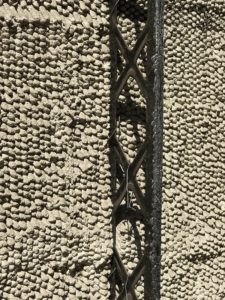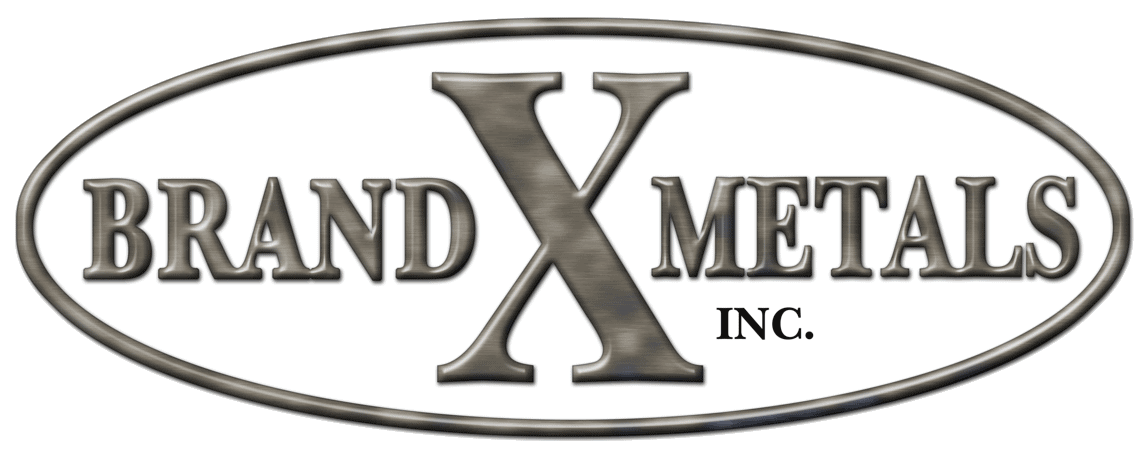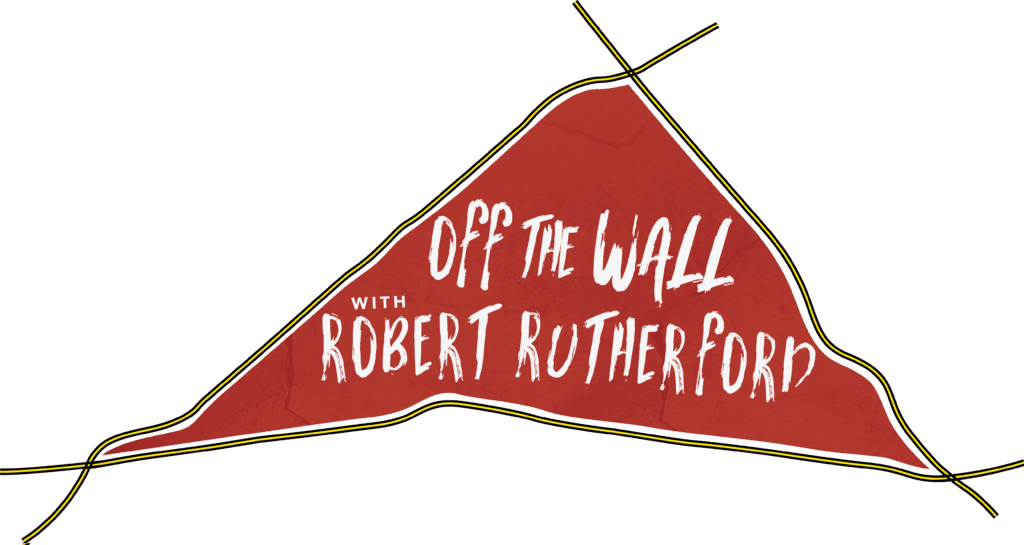
Lath embedment is an often-discussed topic in the lathing and plastering industry, and the debate often ranges around one question: To furr or not to furr? Which technique provides the most proper and sturdy lath embedment for your building?
What is Furring?
In construction, furring refers to the process of installing the furring strips and to the strips themselves. Furring strips are thin strips, typically wood or metal, used to level or raise the surface of another material to level and resurface walls or ceilings, prevent dampness, or make space for insulation. Metal furring strips are often used for commercial projects, and in cities whose building codes require fire-proof supporting elements.
Many experts contend that when there is a lack of furring, the scratch coat (the first layer of plaster application) will not key into the metal lath that helps provide structural support.
Various types of Lath and Furring
Many lath manufacturers make products that are self-furred, by either crimping the wire or providing grooves in expanded metal lath products. The self-furring provided is usually one-quarter inch (¼”) “no full embedment,” which is the minimum requirement in ASTM 1063.
Woven wire vs. 3.4 expanded metal lath
All of the products in this post can be purchased. Here are some key elements to know about each of them:
Woven wire, used in the residential wood-framed market, is fastened by hand to the walls with furring nails or staples. This product provides the minimum of one-quarter inch (¼”) furring “no full embedment,” but furring nails cannot be used on 3.4 expanded metal lath as they won’t fit through the diamonds.
Grooved 3.4 expanded metal lath has grooves running lengthwise every six inches (6”) on the sheet. These grooves provide the minimum one-quarter inch (¼”) furring “no full embedment” that’s required by ASTM. These grooves also give a fastener location. The problem with type is that every six inches (6”) horizontally, the lath is not furred at all.
Why is this so important? Most three-coat plaster is seven-eighths inch (⅞”) “overall thickness”:
- Three-eighths inch (⅜”) for the scratch coat
- Three-eighths inch (⅜”) for the brown coat
- One-eighths inch (⅛”) for the finish stucco coat
As an example, consider the world of concrete slabs where rebar is used to reinforce the slab. The rebar, or metal rods support concrete in a specified grid pattern. You would never just lay the rebar on the dirt. Instead, you would place small blocks of cement between the dirt and the rebar to furr it up to the center of the slab where you want it.
A Great Solution
Non-furred “flat” 3.4 expanded metal lath is a great product when it’s furred correctly.
This correct furring is easier to achieve when it’s fastened to Diamond-Furr®. The patented Diamond-Furr ® Furring Strips have a unique design that offers the best solution to the moisture intrusion problems that have plagued the plastering industry for decades.
Continuous three-eighths inch (⅜”) furring is achieved in the field, and at every termination point, including doors and windows. When these products are used together, you will get full embedment, and strong support of the scratch coat through the millions of diamonds in the 3.4 expanded metal lath.
Note: Diamond-Furr’s Continuous Insulation (CI) System trims are intended for use on projects complying with the new energy codes when specifying 3-coat plaster over continuous rigid insulation.
If you tune in to Robert Rutherford’s Off The Wall construction lifestyle podcast, you will hear many guests rave about the embedment benefits of using Cemco 3.4 non-furred metal lath, fastened to Diamond-Furr®.
* * * * * *
About Robert

Robert Rutherford hosts the Off The Wall podcast, known for candid storytelling related to all aspects of the building industry. Guests include CEO’s, estimators, project managers, superintendents, foremen, journeymen, pre-construction managers, quality assurance managers, architects, and developers. New episodes post every Tuesday!

